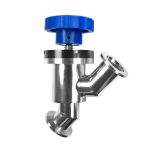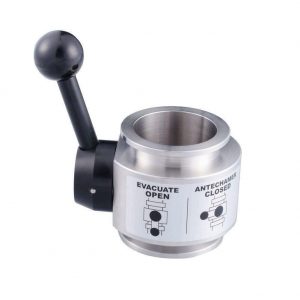
Introduction to the Characteristics of Vacuum Valves
The pressure is lower than atmospheric pressure, and the pressure drop on the disc must not exceed 1 kgf/cm2. The operating temperature of the medium depends on the process in which the device is used. The temperature generally does not exceed the range of -70 ~ + 150 ° C.
The most basic requirements for this type of valve are to ensure a high degree of tightness in the connection and the tightness of the structure and gasket material.
Vacuum valves can be divided into four groups according to media pressure:
1) Low vacuum valve: medium pressure p = 760 ~ 1mmHg;
2) Medium vacuum valve: p = 1 × 10-3 mm Hg.
3) High vacuum valve: p = 1 × 10-4 ~ 1 × 10-7 mm Hg;
4) Ultra-high vacuum valve: p≤1 × 10-8 mm Hg.
Vacuum valve widely used in the valve stem for linear motion of vacuum bellows globe valve. Gate valves are more limited, but for larger diameters, ball valves, plunger valves and butterfly valves are also available. Plug valves for vacuum valves have not been promoted, because the plug valves need to be lubricated with oil, so that oil vapor may enter the vacuum system, which is not allowed.
Vacuum valve closures are sealed with rubber or metal seals. The bellows of the bellows globe valve are made of stainless steel, high zinc brass JI80, plastic and other materials. Small-diameter (diameter below 10 mm) globe valve closures can be sealed with a diaphragm. Low and medium vacuum can use spherical plug valves.






